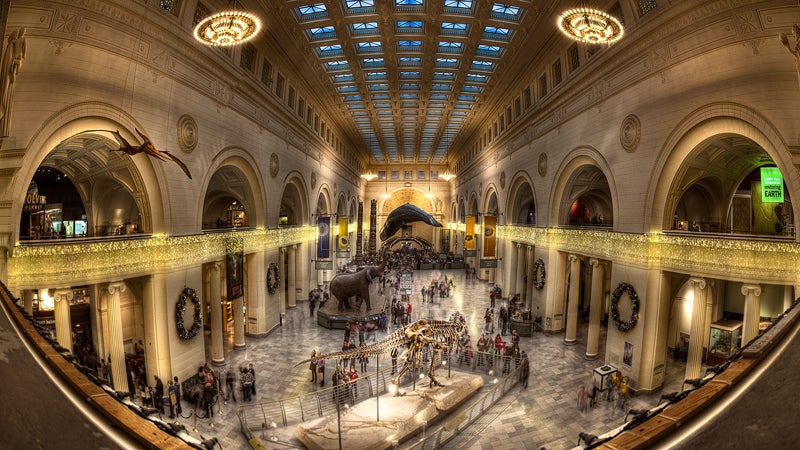There are roughly 200 natural history museums across the U.S., not including the big daddies in New York and D.C. Some are barely bigger than a schoolroom, while others are sprawling, multimillion-dollar palaces that house some of the country’s most precious natural artifacts. The five below are among the finest—for the quality and uniqueness of their exhibits and collections, as well as for the hands-on experiences they offer.
The Field Museum
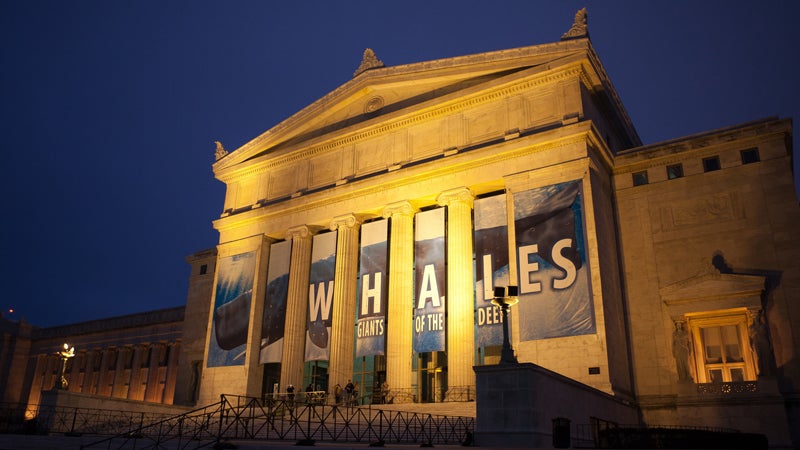
Chicago, Illinois
The on the Chicago lakefront boasts the world’s largest and most complete remains of a Tyrannosaurus Rex ever found (her nickname is Sue). Enough said. But just in case you need even more reason to pay a visit, you’ll find 20 million other objects stored in its collection, from mollusks to Egyptian mummies to ancient Central American ceramics. Founded in 1893, the museum was later named after department-store mogul and major donor Marshall Field.
Cape Cod Museum of Natural History
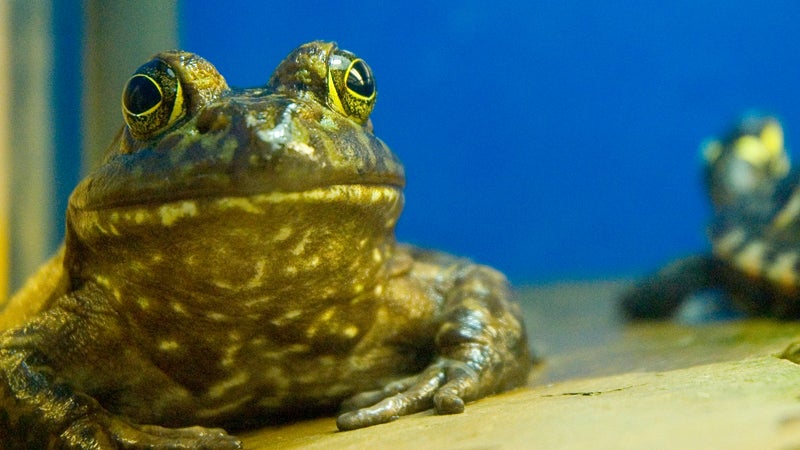
Brewster, Massachusetts
This humble but impressive is hidden in the woodsy town of Brewster, above the elbow of Cape Cod’s arm. Its aim is to engage visitors with the area’s natural surroundings. Inside the two-story, 17,000-square-foot building, you’ll find exhibits on whales and coastal birds and aquariums filled with live indigenous snakes, frogs, turtles, and shellfish. But the exhibits are just an hors d’oeuvres for the outdoor learning programs offered on the 320 acres of protected forest, ponds, marshland, and seashore outside its doors.
Carnegie Museum of Natural History
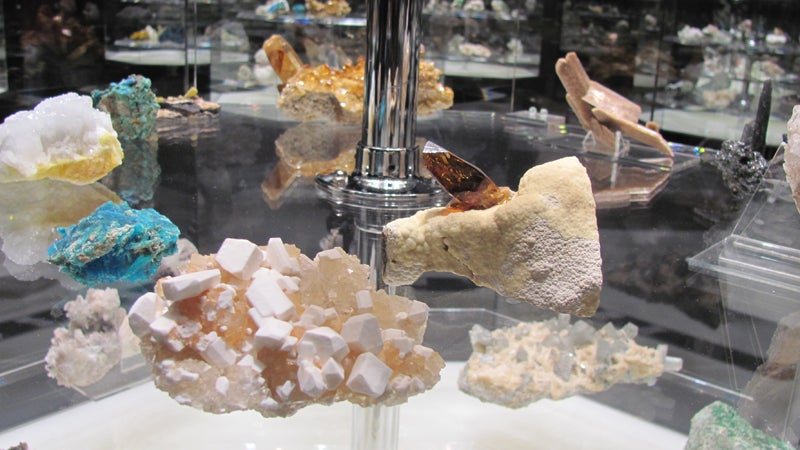
Pittsburgh, Pennsylvania
Established in 1895, the has long been known as one of the world’s premier natural history research museums. Not that there isn’t plenty to see for the layman. At any given visit, more than 10,000 specimens (from its collection of over 22 million of them) are on display in the 20 galleries. Be sure not to miss the Hillman Hall of Minerals and Gems, as well as the Hall of North American Wildlife, which features animals, from tundra to desert, in natural-habitat dioramas.
Museum of the Rockies
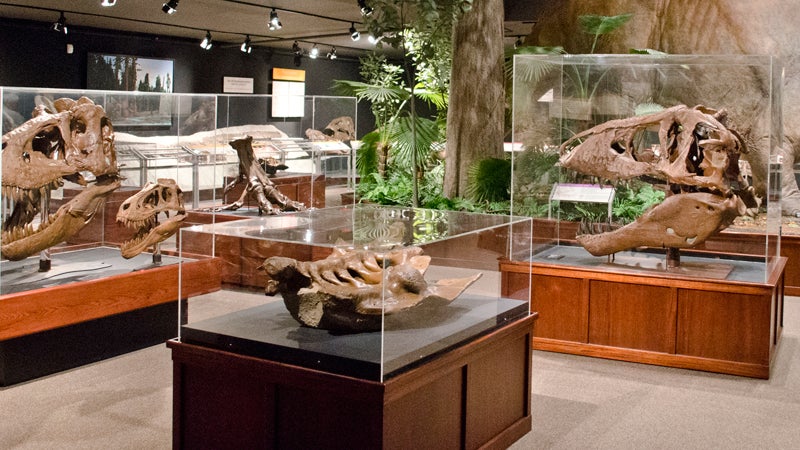
Bozeman, Montana
Dinosaurs are the big attraction here— has the most fossils of them anywhere. This is also the home base for celebrity paleontologist Jack Horner (and his grad-student posse), who served as adviser for the three Jurassic Park movies. Not to be overshadowed, though, are the artifacts from Native Americans and early settlers in the Regional History Hall, along with the light shows put on in the Taylor Planetarium. A division of Montana State University, the museum is also an affiliate of the Smithsonian.
Fernbank Museum of Natural History
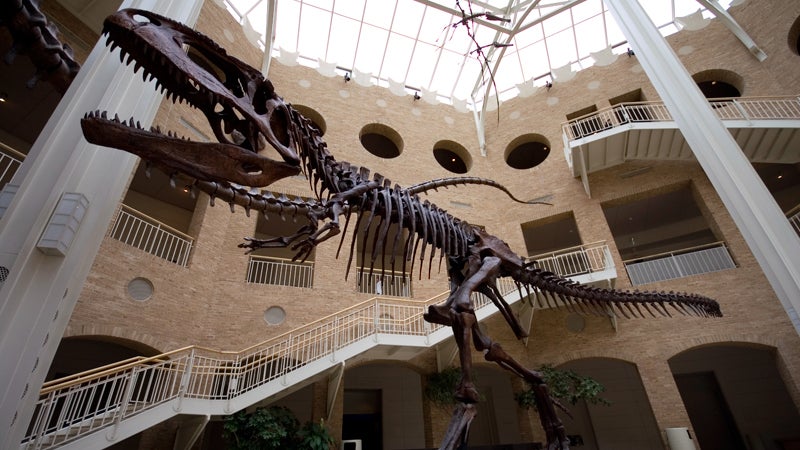
Atlanta, Georgia
This sits on the edge of a 65-acre preserve that houses the country’s largest old-growth urban Piedmont forest. In its relatively short existence, the Fernbank has become world-renowned for its millions of Native American artifacts, unearthed from around the region and dating as far back as 5,000 years. Some of the must-sees are the “Walk Through Time in Georgia” natural history exhibit and the 123-foot-long, plant-eating Argentinosaurus (the largest dinosaur ever classified) in the “Giants of the Mesozoic” exhibit.


